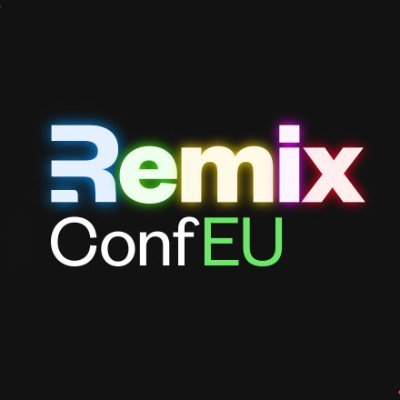Hi, everybody, thanks for joining my talk. My name is Josephine, my pronouns are she, her, and in the next couple of minutes, I will be talking about web accessibility and ways in which you can get started with it.
So let's dive right in. What is web accessibility? Web accessibility means that the tools, technologies and websites that we build are designed and implemented in a way so that people with disabilities can use them and participate equally on the web. It's also a basic human right as defined by United Nations.
And now if that's not enough for you and you're still wondering whether web accessibility is something for you or the people you want to use your website, there was a report by the World Health Organization and they found that over 15% of the entire global population are experiencing some form of disability over the course of their life. And of course, global data is hard to measure and the experience of disability as well. But even if it's just the ballpark, in my opinion, that's a super powerful one. And I'm really hoping that if you're coming at this maybe from a business perspective, that the sheer number of people that are affected is going to convince you that this is relevant also for you. Also, we're all growing older, and so this is going to even get larger in the long run, right?
All right. So here on this slide, there are a couple of the different user groups that maybe benefit from web accessibility, and so we see here different kinds of disabilities or impairments like physical, auditory, cognitive, neurological, speech, or visual disability. But we also see people without disabilities, so people maybe using a smaller device like a mobile phone, or maybe you're using your remote control to put in your favorite show on the TV. We also have temporary disabilities like maybe a broken arm or situational ones, maybe a new parent holding a baby, or if you have a slower internet connection, and maybe the images are not loading, you're going to rely on web accessibility and get some alternative texts, for example. So a lot of situations in which web accessibility is super beneficial, and in practice, that can look like many different things, right? So it can mean having enough color contrast to be able that everything is actually visible on the page, being open to different input methods, not only the mouse and the track pad, but maybe also a keyboard or assistive technology, using semantic HTML to provide enough context for assistive technology like screen readers, but also for your browser, or things like explaining unfamiliar terms, being open to the fact that not everybody has the same ground knowledge and that we have to adhere to these different standards or backgrounds, right?
But what does that mean? Where can we start? Now that I have convinced you, hopefully, that this is important for all of us, how could you get started? And I'm actually gonna switch over to the browser for this. This Storyblock, the company I work for, we're headless CMS. But that's not the point. The point is that we're currently doing an accessibility audit. And one of the things I did on our own homepage, for example, this is actually quite big, so I'm gonna make it a bit smaller, was, for example, to run one of these general tools. There are, for example, the ex-DEV tools. I'm just gonna open this up, scan the entire page, and it's gonna find a lot of issues. So now 30 seems like a lot. It doesn't mean that there's everything broken on this page, but it's gonna walk us through what exactly is wrong here, right? So we have an element must have sufficient color contrast. I already mentioned color contrast, and in a minute we're gonna see how you could test for that. ID attribute values must be unique. And like this, step by step it's going to walk you through all the things that can be improved, and that you will need to have a look at in order to improve accessibility on your page, right? And this is a really good, so if I open this app, it'll provide you with more information, you can share it, you can identify it in the code. So this is really helpful for first overall look. Of course it's not gonna find all the issues, you will have to test them also manually, but it's a good starting point for sure. So I'm gonna close this app, and I'm gonna open up the next tool, which is the web disability simulator. So this enables you to experience what maybe different user groups experience your page as, right? And now I'm gonna select here Total Colorblindness, for example, and it's gonna show me what people with colorblindness maybe experience our web site as. I can also learn more or reset and pick something else like red-green colorblindness for example, that's gonna look completely different, but everything kind of still looks visible, right? It's a good starting point.



























Comments